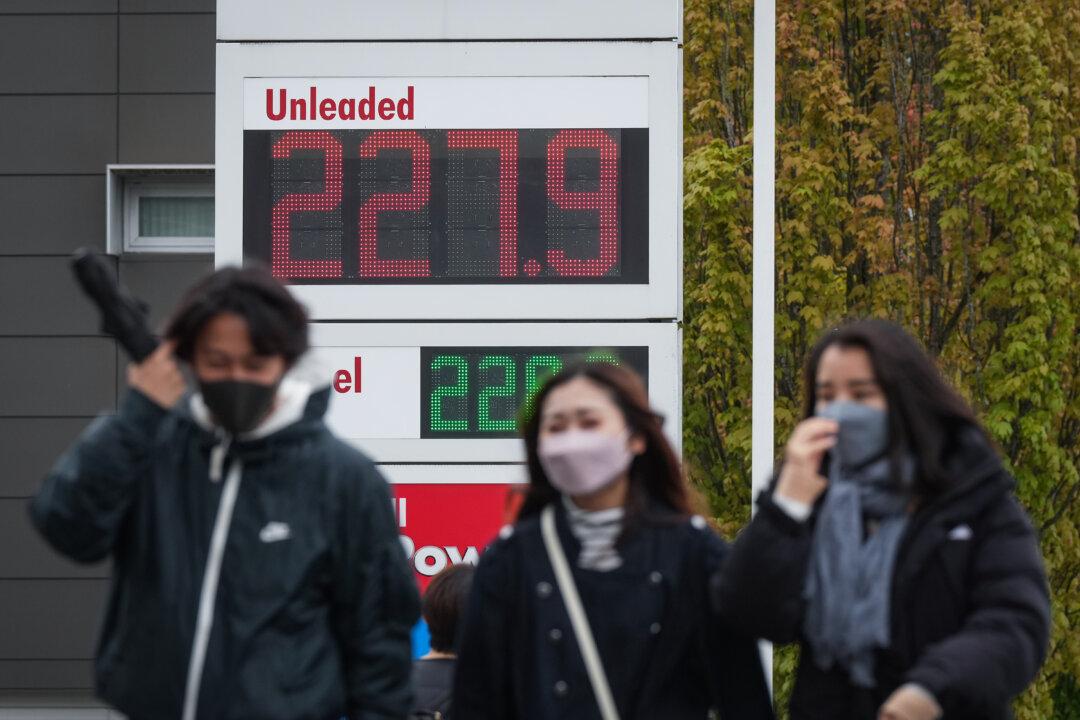Two-thirds of Canadian drivers are forgoing a summer road trip due to soaring gas prices, according to a recent survey.
Conducted for the Tire and Rubber Association of Canada (TRAC), the survey found that 66 percent of drivers say high fuel prices will force them to cancel or limit road trips this summer. That number climbs even higher for young drivers aged 18 to 24, with 75 percent making such decisions.





